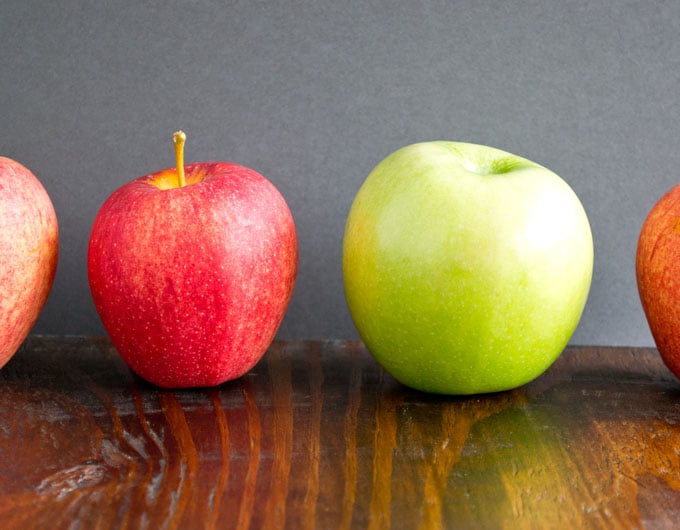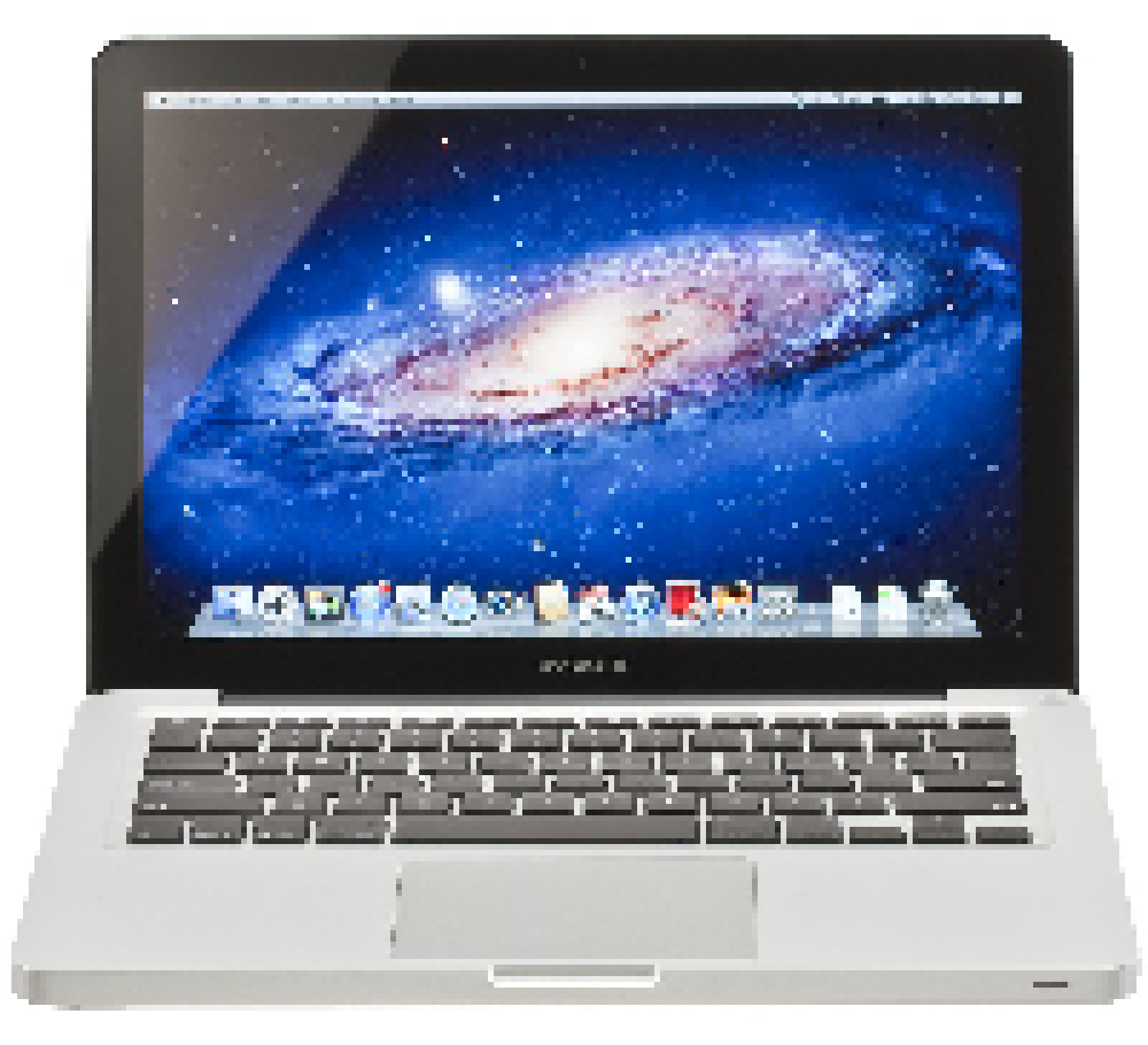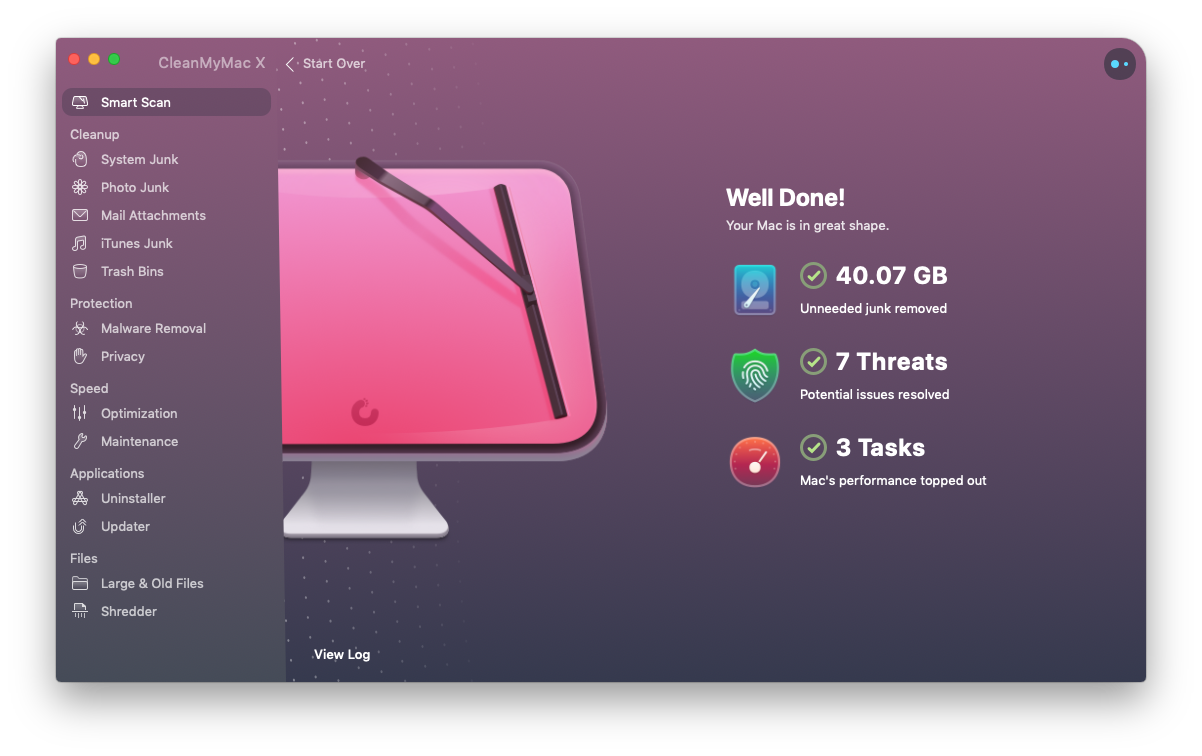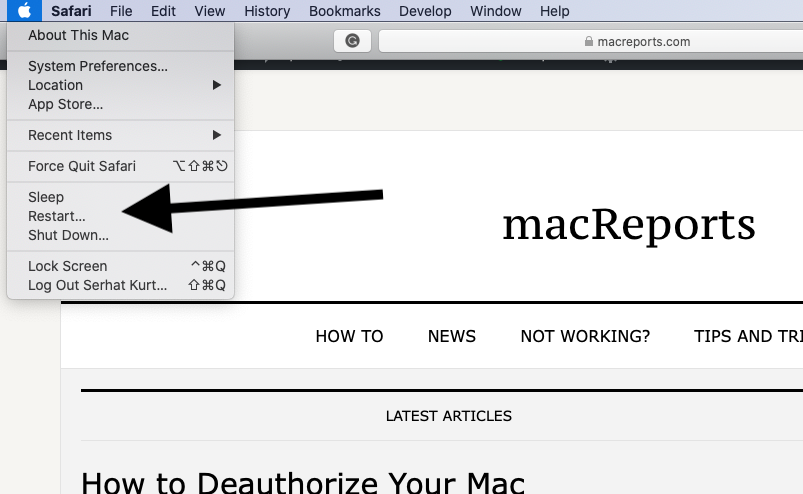- After using your Mac for a couple of years, you may find that your Macbook or iMac takes longer to start up, or gets the annoying beachball frequently. Yes, your Mac is getting and running slowly. In order to have a better performance, no matter you play the games or use some working apps, some users choose to cost plenty of money to buy a new Mac.
- Fix your slow Mac once and for all Your browser is (likely) the biggest culprit. Almost any app can hog your Mac's processing power and memory, causing. Activity Monitor shows the apps slowing you down. Activity Monitor is built into MacOS and can be found in Applications. Back to the basics.
Jennifer McDouglas,
Experienced Mac users know well all pros and cons of their devices. As to Mac reliability, there is no reason to deny it. But everything’s relative and Macs are far from being completely failure-free machines. Over time, probably over a longer time than other brands, Mac devices also tend to become slower and their users encounter the need to cope with this problem. Once this need becomes persistent, it’s time to look for a proper remedy. You can cope with the problem by changing the device for a new one, or you may wait for, say, another macOS Sierra upgrade with the solution of your problem or you may try to revamp your old Mac computer. Certainly, the third option is more practical. And we offer you a few hints to help realize it. To begin with, let us consider what to do first if I wish to know why my Mac is running slow.
This Mac cleaning software lets you clean download files, delete unneeded files, remove large or old files with just a few of clicks. After deleting files, logs, cache, you will find your computer is no longer the Mac running slow before. Here is a tutorial on how to clean Mac up with Mac Cleaner to speed up slow Mac. If you have a brand new MacBook Air and it’s running slow, contact Apple Support directly or schedule a visit to Genius Bar. Table of Contents. Clean up Macbook Air Hard Drive. Close Background Applications. Optimize Startup Applications.
Apple provides a perfect long care for its hardware products by keeping them updated for many years (actually up to 7 years). The company puts a considerable effort in updating the existing software to keep aging Mac devices up and running without any notable obsolescence. In this process, a central place is given to updating Mac operation systems. So, if you encounter a need to update your device, let it be, for example, a MacBook Pro 2012, check if it’s updated properly.
The main reasons for MacBook running slow
The first step towards fixing the sluggish device is finding the source of the trouble. Let’s consider the most common factors that may slow down your MacBook’s performance.

Shortage of Free Space
Probably the most common reason of such a slowdown is an insufficient storage. The reason is in the computer’s constant need for free storage, while various kinds of junk gradually take it up. Operation system needs free space on the hard drive both to swap files and for such necessary matters as installing updates. The absolute minimum is commonly believed to be about 5GBs (depending on the installed RAM). It is advised to have no less than 10-20% of free storage on the disk to allow uninterrupted file swap and hence maximum performance.
RAM Shortage

As we mentioned, the RAM size influences the necessary amount of free disk space on your Mac. Besides, RAM volume itself is a critical indicator and may be another cause of the machine’s sluggishness as well. The issue with RAM shortage is more difficult to cope with, mainly due to the impossibility to upgrade RAM on many Mac devices. For example, most recent MacBooks no longer have upgradable RAM slots. That means the owners of such devices (those who have insufficient memory but wish to get the maximum of their MacBooks) should learn the sophisticated skills of RAM management.
The Issues With Heat Absorption
And the third problem is related to overheating. It’s common knowledge that any hardware (with varied sensitivity) suffers from excessive heat exposure. One of the most sensitive is the CPU, which reacts by so-called thermal throttling, which consists in the forcible reduction of heat generated by the chip. Certainly, if that happens, the clock speeds slow down and performance declines. The factors causing such a condition may be very trivial like the wrong location of the laptop or dust inside the device. Download final cut pro x for mac free.
Fixing a Slow Mac
With the basic knowledge of the causes, we can proceed to fixing them in order to bring your Mac back to a good shape.
Prior to performing disk cleanup, we suggest you check how much space you actually have on it. For that purpose, start with Apple Menu > About this Mac > Storage and get an overview of the condition of your storage.
Managing your RAM
If you are confronted with a non-upgradeable RAM, you have to learn how to manage it. Launch Activity Monitor via the LaunchPad or using Spotlight and toggle to Memory tab.

The tab is essential for manual RAM management. When your Mac slows down due to excessive RAM shortage, go to Activity Monitor to close unused apps with the “X” button. Maybe this won’t reverse the situation, but will definitely contribute to the solution of the performance issue.
Also, you can practice automated cleanup, which has many advantages. For that purpose, you may use one of the free trial apps specially designed for automated computer maintenance like, for example, MacFly Pro. Within the app, go to Cleaner tab and run Memory cleanup. Your RAM will be safely released from unused applications and processes.
What To Do With Slow Mac

Preventing Overheat of Your Mac
There are a few factors that may cause your Mac’s overheating. Fortunately, they all can be easily prevented. Firstly, it may be some objects blocking your Mac’s airflow. This often happens when MacBook sinks into a soft surface thus hindering proper airflow. The solution is elementary: just put your device on a hard and even surface.
Video players for mac mp4. Secondly, it may be excessive dust blown into the computer inside by the cooling fans. In this case, the best (and probably only) remedy is a literal hardware cleanup. For that purpose, you may take your device to someone experienced who knows what to do with dirty computers. Or you may try to do it yourself with the guidance of one of the online step-by-step manuals.
And thirdly, use only certified Apple accessories, as uncertified third-party products may lead to heat issues.
What To Do For Slow Mac Startup
Speeding Up a slow Mac and Maintaining It Clean with a Specialized Software
To ensure the full and stable performance of your Mac, we suggest you use the same above-mentioned MacFly Pro, which is intended to automate computer maintenance. The program’s module called Smart Assistant (one of the three) can perform a checkup scanning your Mac. You should first run a manual scanning, then Smart Assistant will assume the process and will provide you with hands ups when it considers that a clean-up procedure should be launched.
What To Do For Slow Moving Drain
Please enable JavaScript to view the comments powered by Disqus.